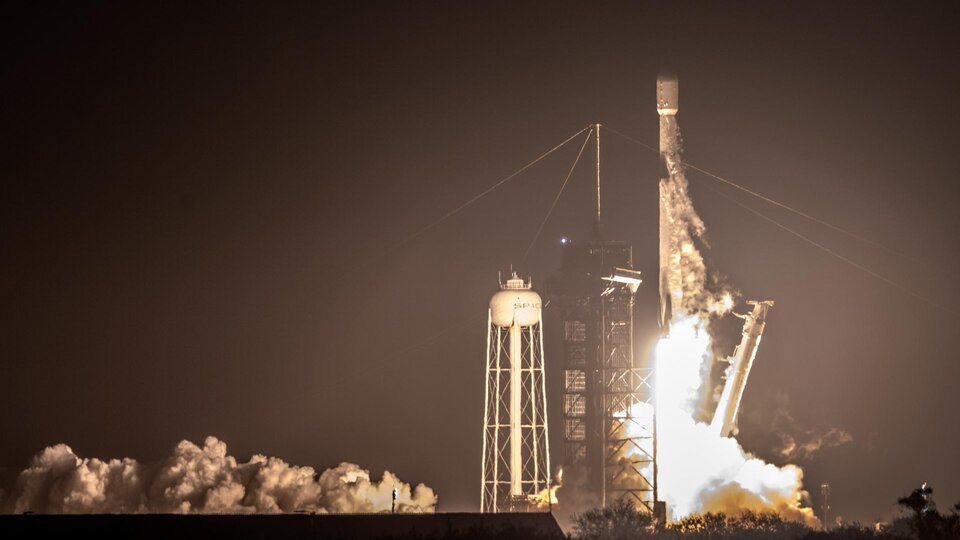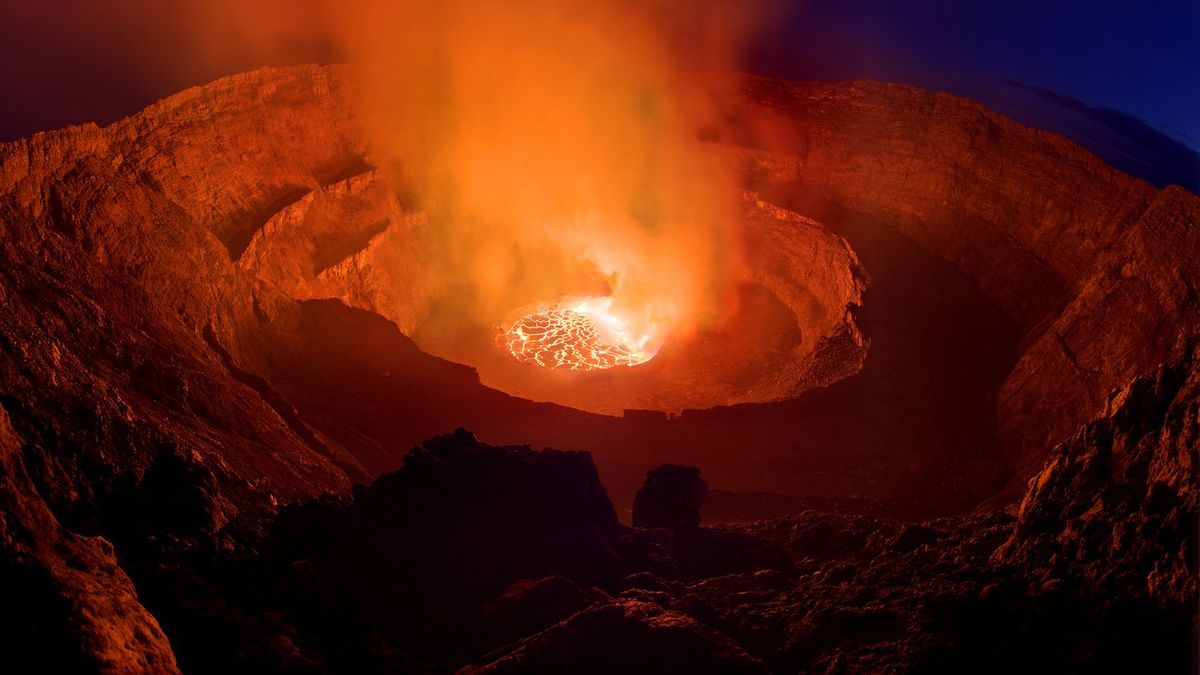a A new scientific research mission on the moon It was launched on Thursday after the Exploration Unit Odysseusthe follower Private company Intuitive machines, powered by a potwas able to successfully take off on the company's rocket SpaceX From Florida. Moments later, after making sure it separated from the missile. It began its multi-day journey towards the moon's south pole.
This is a mission of utmost importance for the United States, as it is expected to become the first “soft” landing on the moon for this North American country. In more than fifty years, From Apollo 17.
The main objective of this mission is Bringing NASA's scientific instruments and technology demonstrations to the lunar south polean area that still exists Unexplored.
Intuitive Machines highlighted the IM-1 mission It represents a defining moment in private corporate participation in the space race. According to the company, it also represents a milestone in lunar exploration. Reviving human interest in the moon after decades of cessation.
IM-1 mission successIt will lay the foundation for a thriving lunar economyOpening new possibilities for research, trade and exploration Bringing humanity's dream of becoming a multi-planetary species closer“pointed out.
Take-off and launch into orbit of the Odysseus module
release IM-1 mission It happened at 3:05 a.m. (Argentine time) from Launch Complex 39A at NASA's Kennedy Space Center, in central Florida. Odysseus is expected to land on the moon next Thursday, February 22. Elon Musk's rocket launch was delayed early Wednesday due to a glitch during the methane loading process.
One hour after launch, Odysseus manages to separate himself from the missile It is headed towards the moon with a propulsion system powered by an environmentally friendly mixture of oxygen and methane, both of which are liquid.
after landing, The idea is that operations on the Moon would extend for about seven days before the lunar night reaches the South Pole.leaving Odysseus unfit for work.
especially, The landing will be made near the Malaparte massifabout 300 kilometers from the south pole of the moon, An area full of “uncertainty”According to NASA experts.
Researchers believe the area is made up of lunar highland material, similar to the Apollo 16 landing site.
It's about Second task From NASA's Commercial Lunar Payload Services (CLPS) initiative, following pilgrimIt is also part of the Artemis return to the moon programme.
Last January, Astrobotic Technology's Peregrine module was launched He failed in his attempt To land on the moon with NASA and other commercial payloads due to fuel supply problems, among other things.
According to Intuitive Machines, the mission seeks to create an affordable platform that will carry NASA's scientific instruments to the Moon, as well as commercial cargo, to pave the way for a spacecraft. Sustained human presence on that natural satellite and its surrounding areas.
The lunar landing site is one of 13 areas NASA is considering for the mission. Artemis IIIWhich will be the first manned landing mission on the moon within this program and the first manned flight of SpaceX's Starship HLS lander.
What NASA tools will reach the moon?
Among the NASA tools that Odysseus carries is RFMGwhich provides a More accurate measurement of fuel tank filling levelIt is a critical issue in future long-duration missions.
He also has a tool Scalpwith Four cameras to capture audio and photos Pinned From the dust plume generated by the lander's engine as it begins its descent to the lunar surface until it stops working.
NASA is also sending Four antennas and low frequency radio receiving system It is designed to study the dynamic energy environment near the lunar surface and determine how natural and human activity near the surface interacts with scientific investigations. This tool is known as RollsIt will also detect radio emissions from the Sun, Jupiter and Earth, as well as dust affecting the Moon's surface.
Join the team NDLa Descent and descent sensor based on light detection and range. This device works on the same principles as radar, but uses pulses of lasers emitted through three optical telescopes. The device will measure the speed and direction of the vehicle and the distance to the surface with high accuracy during landing.
Likewise, the unit contains: Set of eight reflectors (Lord's Resistance Army) which allows precise laser ranging, which is the measurement of the distance between the orbiting or landing spacecraft and the lander's reflector. The LRA is a passive optical instrument and will serve as a permanent location marker on the Moon for decades to come.
Finally, LN-1 that it Experimenting with small CubeSat-sized flying devices Which integrates navigation and communications functions for autonomous navigation to support future orbital and surface operations.



:quality(85)/cloudfront-us-east-1.images.arcpublishing.com/infobae/TEQF6EONZRFGLLLDIDD4L2O4EE.jpg)

:quality(85)/cloudfront-us-east-1.images.arcpublishing.com/infobae/X3EWN3XYUNC6XMAZXFRBJ7U3SE.jpeg)